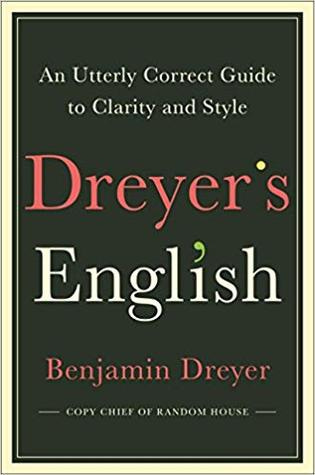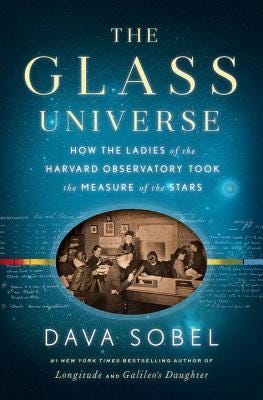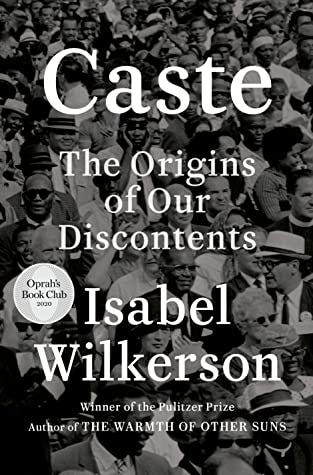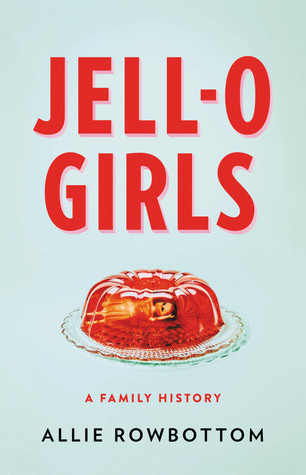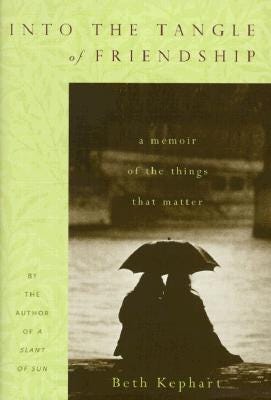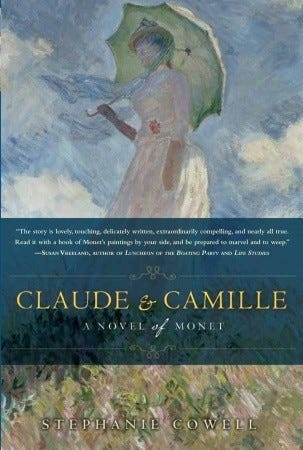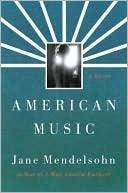This week’s Top Ten Tuesday theme is one with a range of fun possibilities. We’re asked to come up with a topic that somehow ties to school/education (e.g., books set at school/college, characters as teachers, school supplies on the cover, nonfiction titles, books that taught you something or how to do something, your favorite required reading in school, books you think should be required reading, your favorite banned books, etc.)
Here, then, is my list of books relating to school subjects and classes. All books listed are ones I’ve read and most are backlist titles. It was fun to revisit some of these!
English Class
Dreyer’s English: An Utterly Correct Guide to Clarity and Style by Benjamin Dreyer (Random House, 2019)
The polar opposite of a stuffy grammar manual. Written by the copy chief for Random House, Dreyer’s English is very funny and conversational with an abundance of helpful information and tips for anyone striving for accurate and clear writing. Dreyer’s wit and snark (especially as directed toward the previous inhabitant of The White House) makes this highly enjoyable, educational, and a wonderful reference tool for writers.
Math Class
The Solitude of Prime Numbers by Paolo Giordano, translated by Shaun Whiteside (Pamela Dorman Books, 2010)
I remember loving this novel when I read it 11 years ago, but I don’t seem to have written a review. Here’s the publisher’s summary:
A prime number can only be divided by itself or by one—it never truly fits with another. Alice and Mattia, both “primes,” are misfits who seem destined to be alone. Haunted by childhood tragedies that mark their lives, they cannot reach out to anyone else. When Alice and Mattia meet as teenagers, they recognize in each other a kindred, damaged spirit.
But the mathematically gifted Mattia accepts a research position that takes him thousands of miles away, and the two are forced to separate. Then a chance occurrence reunites them and forces a lifetime of concealed emotion to the surface.
Science Class
The Glass Universe: How the Ladies of the Harvard Observatory Took the Measure of the Stars by Dava Sobel (Viking, 2016)
A fascinating look at a group of brilliant women astronomers (“human computers”) who, in the mid-late 19th century, made incredible discoveries and contributions to science. It’s also about the women philanthropists who made their work possible, and the men who gave them opportunities to succeed. If you liked Hidden Figures or books about forgotten women in history, you’ll probably enjoy this one.
History Class
Caste: The Origins of Our Discontents by Isabel Wilkerson (Random House, 2020)
Absolutely astounding. It’s clear why Wilkerson is a Pulitzer Prize winner. She’s a phenomenal writer and this extensively researched book examines the characteristics of caste and effectively argues that America is a caste system along the same lines as India and Nazi Germany. It’s sobering, informative, thought-provoking, and provides great context to the fraught nature of our current moment. I learned so much from this book and feel like I should have more to say. It’s left me speechless.
Lunch!
Jell-O Girls: A Family History by Allie Rowbottom (Little, Brown, 2018)
If you’re a Gen X’er like me, you probably grew up eating Jell-O as a staple of your school lunch or during sick days spent on the sofa watching a plethora of game shows like The Price is Right. What you may not know is the story behind this sugary concoction.
In 1899, Allie Rowbottom’s great-great-great uncle Orator Woodward bought the Jell-O patent for $450 (the equivalent of $4,000 today). Twenty-six years later, the patent was sold for $67 million. The Woodwards’ family wealth transformed LeRoy, N.Y., where Jell-O was manufactured; Rowbottom writes that “just down the street from Orator’s house, the river outside the factory [ran] colorful and sweet, changing color weekly depending on the flavor.”
However, Jell-O stained more than the town’s water. Some Woodward family members–especially Rowbottom’s mother, Mary Jane Fussell–believed that their wealth was responsible for “the Jell-O curse,” an explanation used for “all manner of familial misfortune.”
With candid and unflinching descriptions connecting the history of Jell-O, feminism and her mother’s unpublished writings, Rowbottom makes a case that the curse wasn’t physical, emotional or confined exclusively to their family. (Pearle Wait, the original holder of the Jell-O patent, went bankrupt shortly after the sale.) Instead, the curse was a repressive societal attitude “reflected by the messages about women and their worth that her family sold with each box of Jell-O.”
A fascinating family history combined with an examination of an iconic brand, one with double-sided messages of domesticity and nurturing that have influenced generations of women.
Recess!
Into the Tangle of Friendship: A Memoir of the Things That Matter by Beth Kephart (Houghton Mifflin Harcourt, 2000)
Gorgeously written, thoughtful and exquisitely touching. Kephart reflects on the meaning of the various friendships in her life — a renewed connection with a childhood friend, a neighbor, her young son’s first forays into friendships, and others. This was a memoir that I’d had on my shelves for almost two decades and when I finally read it a year or so ago, it was the absolute perfect time for it.
Physical Education/Health
Shut Up and Run: How to Get Up, Lace Up, and Sweat with Swagger by Robin Arzón (Harper Design, 2016)
I despised gym class. Loathed every minute of it. I think I read about some study that proved that if you hated physical education as a kid, you were more likely to eschew exercise. That’s my life, right there. But for about three months in 2016, I started running. And dare I say, I kind of liked it. (I’ve since stopped, but that’s another story.)
I read Shut Up and Run during that time and came away thinking that Robin Arzón is a badass. Make no mistake, this woman is as fierce and strong as they come. An ultramarathoner (someone who runs any distance over 26.2 miles, usually 50K and 100K events), Robin’s life is defined by running and “sweat with swagger.” It’s a life that was nearly taken from her one night in a horrific and violent attack; she emerged determined to transform her life through health and wellness.
(Oh, and she’s a Philly girl like me, which means her grit and toughness is the real deal.)
Shut Up and Run packs a lot into its 192 pages. Whether you’re a new runner or someone who regularly competes in marathons, there’s something for runners at every level — even if you’re still sitting on the couch, contemplating whether you can do this. (Spoiler Alert: you can.)
Art Class
Claude and Camille: A Novel of Monet by Stephanie Cowell (Crown, 2010)
A historical fiction novel about the life of Claude Monet and Camille Doncieux, who he met in a bookshop and who modeled for many of his now-well known paintings. The two fell in love and lived a life that can only be described as one that was solely dedicated to each other and Claude’s art.
Perpetually believing and declaring that he was on the verge of some great success, Claude was constantly penniless and often owed money to everyone and anyone. When he and Camille weren’t being evicted from one rented room after another, they were living with Claude’s passel of artist friends. Like Monet, they were all poor and spent days imploring passersby and patrons in restaurants for a chance to sketch them for a few francs.
(These BFFs of Monet’s had names like Renoir, Pissaro, Degas, Cezanne, Bazille, and Manet.)
Their interactions make for some of the strongest parts of Claude and Camille. I loved reading about this group, their banter, their steadfast support of and belief in one another. They were always a day late and a dollar short, always borrowing money from someone’s family member. They had grandiose plans for an independent exhibition of their collective work – which eventually did happen, but which took years to become more than a dream (again, due to the lack of money).
In some ways, I liked the relationship between the artists moreso than the one with Claude and Camille. Theirs was a love story, absolutely, but a frustrating one. At times, Claude was a little maddening; you wanted to shake the guy and tell him to man up and get a real job so Camille and his baby, Jean, would have a decent home and enough food on the table. (He often turned down “regular” jobs, such as working in his father’s nautical supply business, that would have provided a stable income.) Claude left Camille for months on several occasions. He was also, if the dialogue is any indication of his real personality, a bit prone to melodrama and haughtiness.
Camille wasn’t perfect either (she probably suffered from undiagnosed depression – who the hell could blame the poor woman?) and while she had the patience of a saint to put up with Claude’s dreams, you have to give her credit for believing in the guy when others would (and did) give up on him. Still, she did so at a price to herself, giving up on her own dreams of writing and being an actress.
If you’re a fan of Monet’s work or any of the Impressionists, and if you enjoy historical fiction and a good – but sad – love story, this is a satisfying read about one of the best known artists we may not have known this much about.
Music Class
(I’m not sure why that image is so microscopic. Sorry.)
American Music by Jane Mendelsohn (Knopf, 2010)
American Music is the story of Milo, a severely wounded Iraq War veteran and Honor, his physical therapist, a former dancer. When Honor touches him, mysterious images from the past appear to each of them, weaving together into an intricate tapestry of stories.
There are Joe and Pearl, a husband and wife in the 1930s whose marriage is tested by Pearl’s bewitching artistic cousin, Vivian. Next, the heartrending story of a woman photographer in the 1960s and the shocking theft of her life’s work. And then: the picaresque life of a woman who has a child too young and finds herself always on the move from job to job and man to man. Finally, the story of a man and a woman in 17th-century Turkey—a eunuch and a sultan’s concubine—whose forbidden love is captured in music.
And they’re all connected. I absolutely loved these characters (theirs are the stories you want to read forever) and I loved the writing. Jane Mendelsohn writes in short, spare sentences, almost a perfunctory style. Woven throughout are phrases and passages of pure grandeur, and that makes for an incredible literary experience that only the best of authors can do well. Magical, sad, supernatural and oh-so-real, filled with love and history and so very much more.
It is the story of the rhythm of our lives through time, how our stories and our songs echo and reverberate from one generation to another and another. We think we are the only ones experiencing what we are going through, but in reality, the song has been sung before, perhaps in a different way and by different people. Still, it is the same song.
Home Economics
The Minimalist Home: A Room-By-Room Guide to a Decluttered, Refocused Life by Joshua Becker (Waterbrook Press, 2018)
Exactly as the title describes. Joshua Becker, creator and writer of the site Becoming Minimalist, gives readers a workable plan for getting rid of one’s crap and living a more fulfilling life. Practical and inspiring.
Let me know if you’ve read any of these!





